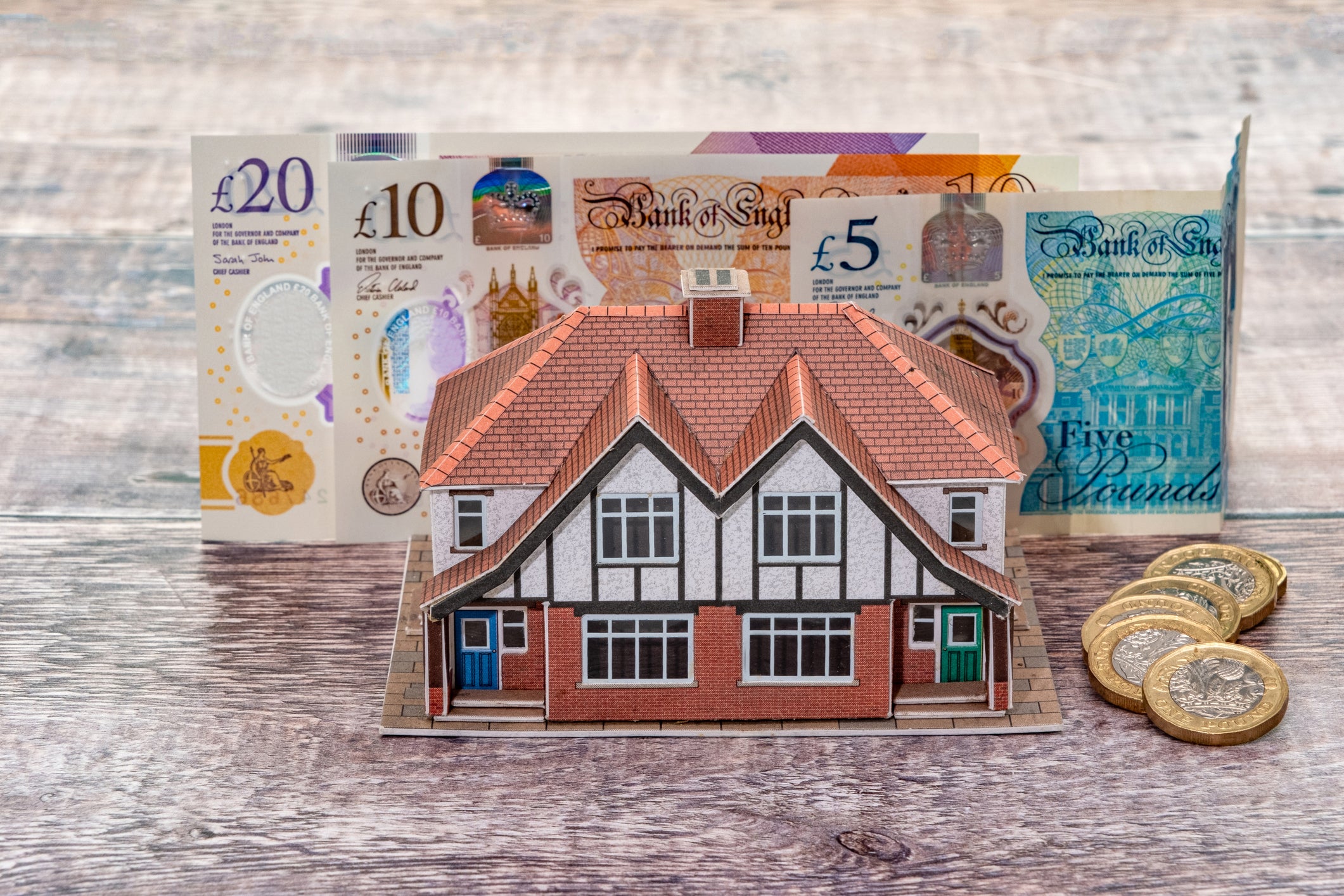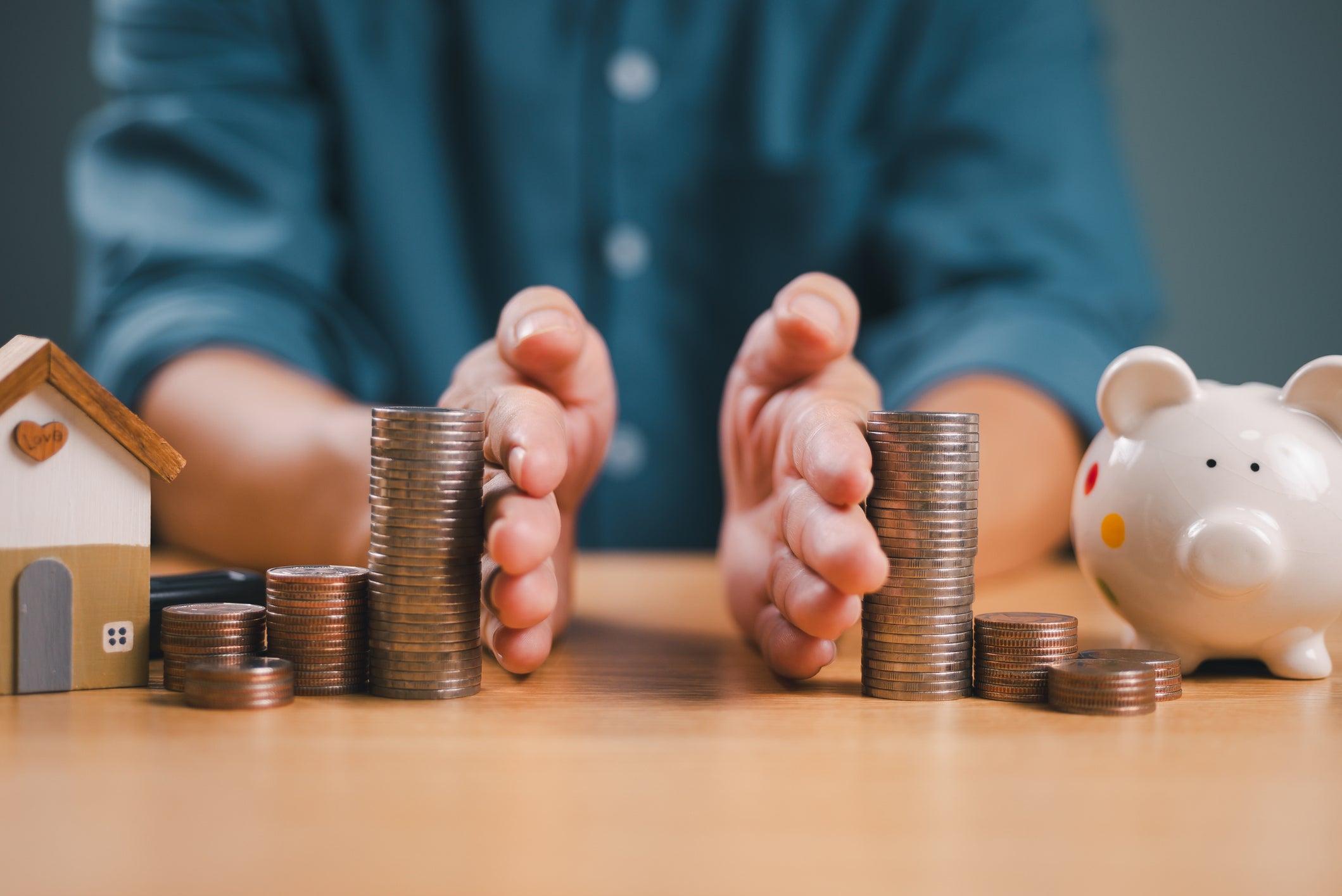Buying your first home is an exciting milestone – but in today’s uncertain economic climate, it can also feel daunting.
With higher than previous interest rates and rising house prices – plus the sizeable deposit usually required – it’s a challenging period to be a buyer.
The good news is that with some careful planning, it is possible to make your first home a reality.
Here, we look at what’s happening with mortgage rates and house prices, government schemes for first-time buyers and the key costs you’ll need to budget for.
What’s happening with mortgage interest rates?
After a turbulent few years, the mortgage market is finally showing signs of settling. Fixed rates are still far higher than pre-pandemic levels but the outlook for first-time buyers is improving.
One unexpected silver lining of Donald Trump’s trade tariffs is a fall in mortgage rates. Financial markets are already pricing in greater chances of an economic recession with interest rates forecast to be cut faster than before.
The Bank of England is now predicted to cut the base interest rate – which mortgages are tied to – three more times in 2025.
In response, a number of major lenders have already lowered their mortgage rates to under four per cent, including Nationwide, HSBC, Barclays, Santander, and Yorkshire Building Society.
Meanwhile, HSBC, First Direct and Lloyds and Santander have made it easier for people to borrow more by reducing their ‘stress test’ limits for assessing affordability. HSBC has said the change means first-time buyers will be able to borrow as much as £39,000 more than before.
What about house prices?
While interest rates are dropping, house prices are heading in the opposite direction. This creates a tough dilemma for first-time buyers: should you wait for cheaper mortgage rates, but risk having to borrow more?
Get a free fractional share worth up to £100.
Capital at risk.
Terms and conditions apply.
Go to website
ADVERTISEMENT
Get a free fractional share worth up to £100.
Capital at risk.
Terms and conditions apply.
Go to website
ADVERTISEMENT

The average house price in the UK rose by 5.4 per cent to £268,000 in the year to February (the most recent data), according to the Office for National Statistics (ONS).
There are, of course, big variations depending on where you live.
In England the average is £292,000 (up 5.3 per cent), Wales is £207,000 (up 4.1 per cent) and Scotland is £186,000 (up 5.7 per cent). London remains the most expensive area to buy a home, with the average price now £556,000 (up 1.7 per cent).
After a spike in house purchases in the first quarter of 2025 ahead of changes to Stamp Duty, experts now predict prices will rise more slowly for the rest of the year. Nationwide forecasts a rise of between two and four per cent.
How to make your first home more affordable
In the past year alone, the average age of a first-time buyer in Britain rose from 31 to 32, according to TSB. Most take out a mortgage term of 31 years. When it comes to saving for a deposit, it now takes an average of 11 years and 3 months – compared to just three months in 1974.
Lenders have begun offering more support to first-time buyers, mostly due to the government’s Mortgage Guarantee Scheme. More low-deposit mortgages (requiring five or 10 per cent of the property’s value) are available to choose from now than at any time since the financial crisis of 2008.
However, bear in mind that if you can afford to pay a larger deposit, you will likely benefit from lower mortgage rates.
One smart way to boost your deposit is through the Lifetime ISA (Lisa). If you’re aged 18 to 39 and buying a home costing £450,000 or less, the government will top up your savings by 25 per cent. That’s a £1,000 bonus for every £4,000 saved (up to £4,000 annually).
The First Homes Scheme offers discounts of up to 30 per cent on new-build properties for eligible buyers, and Shared Ownership enables you to buy a portion of a property and pay rent on the rest with the option to increase your share over time.

Other costs to consider
Most people focus on the size of deposit they will need to secure their first home, but there are other costs to consider.
Stamp Duty: The rates for Stamp Duty changed on April 1. First-time buyers now don’t pay the tax on the first £300,000 of a main residential property (provided the property you’re buying costs £500,000 or less). You can use this free calculator to work out how much you’ll pay.
Valuation fee: The mortgage lender will assess the value of the property to establish how much they are prepared to lend you. The cost can be £150 to £1,500 based on the property’s value.
Surveyor’s fee: A basic home condition survey will cost around £300, while a full structural survey will set you back as much as £1,500.
Legal fees: You’ll usually need a solicitor or licensed conveyor to carry out all the legal work. Fees are typically £900 to £1,900. They will also do local searches, which will cost you £250-£300.
Electronic transfer fee: This covers the lenders’ cost of transferring the mortgage money from the lender to the solicitor and is usually £40-£50.
Buying a first home should be exciting and rewarding – and making sure you have all the information you need can help it be a less stressful process too.
When investing, your capital is at risk and you may get back less than invested. Past performance doesn’t guarantee future results.
